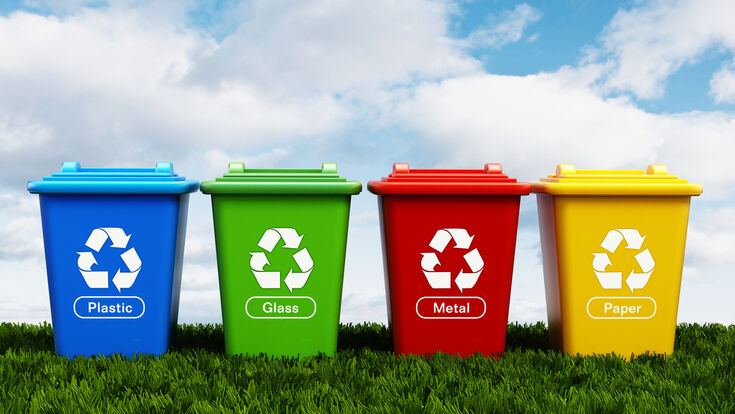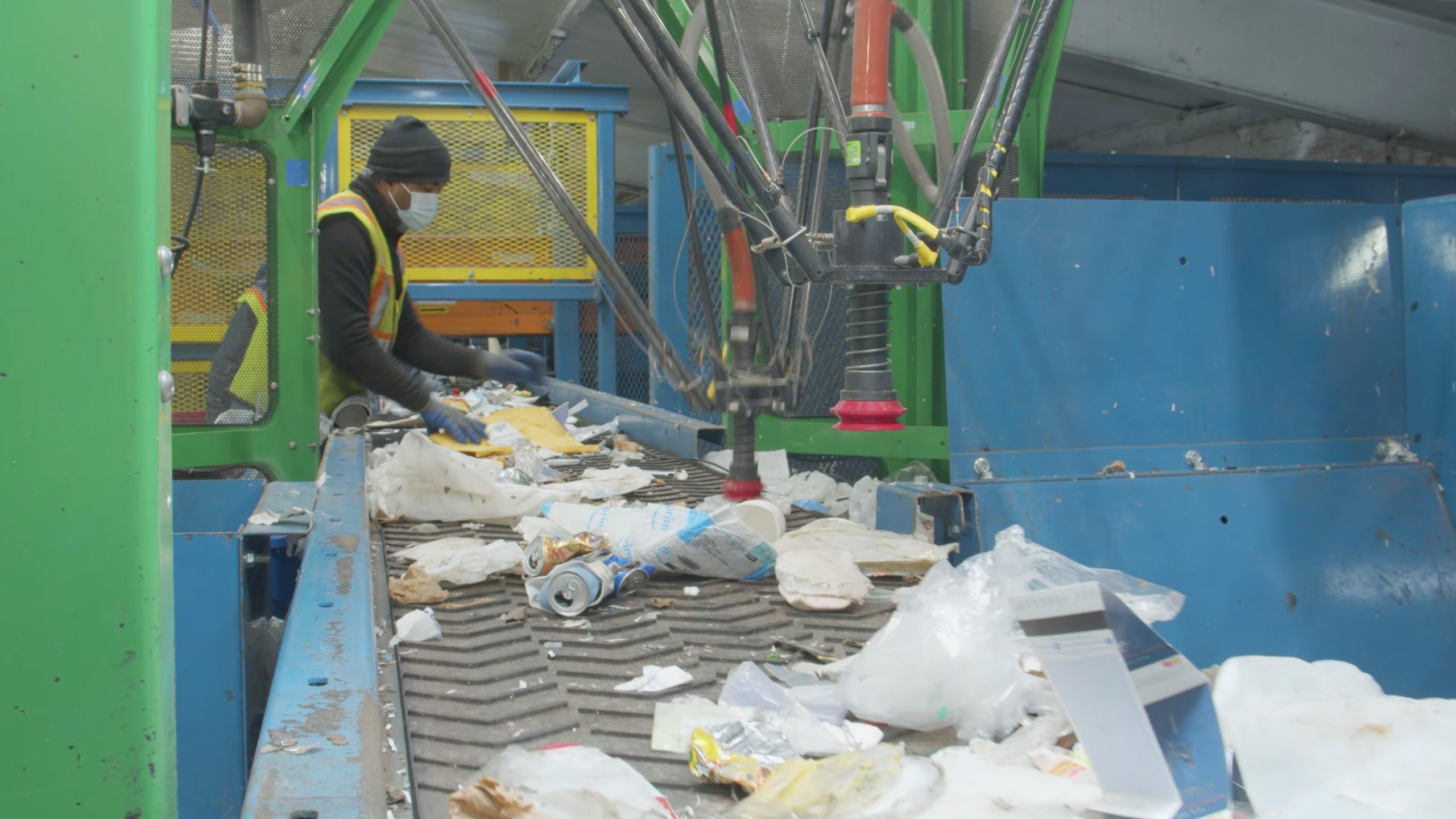Understanding the Classification and Handling of Different Kinds Of Waste
Efficient waste monitoring is critical for ecological sustainability, requiring a comprehensive understanding of the category and handling of numerous waste kinds. Family waste, industrial by-products, harmful materials, electronic refuse, and natural remnants each demand unique methods to ensure security and decrease ecological damages.

House Waste
Home waste, incorporating a wide variety of disposed of materials produced from day-to-day living tasks, represents a considerable component of the total waste stream - recycling lives services. This classification consists of natural waste such as food scraps, yard clippings, and paper items, alongside inorganic products like plastics, steels, and glass. The diverse nature of home waste necessitates effective classification and administration to mitigate ecological influence and promote sustainable living techniques
Effective family waste administration begins with partition at the resource, facilitating recycling, composting, and secure disposal. Organic waste, as an example, can be composted to produce nutrient-rich dirt changes, decreasing landfill problem and improving soil wellness. Recyclable materials, consisting of paper, glass, and specific plastics, can be processed and repurposed, decreasing and preserving resources power usage connected with brand-new material production.
Additionally, harmful household waste such as batteries, digital devices, and cleansing chemicals requires specialized taking care of to stop soil and water contamination. Public recognition campaigns and hassle-free disposal options play crucial functions in guaranteeing appropriate disposal and recycling of these products. By executing durable waste reduction methods and fostering neighborhood engagement, municipalities can significantly alleviate the environmental impact of household waste.
Industrial Waste
Hazardous waste, a significant contributor to international waste generation, includes a varied array of materials created by production, building and construction, and other industrial activities. This classification consists of by-products such as scrap metal, plastics, rubber, chemicals, and other deposits. The make-up and quantity of industrial waste can vary dramatically depending on the market and manufacturing procedures involved. Effective monitoring of hazardous waste is critical for minimizing environmental effect and advertising sustainable practices.
The handling of commercial waste generally involves numerous processes: collection, treatment, segregation, and disposal. Collection systems are created to efficiently collect waste materials from different resources within an industrial procedure.
Adopting methods such as waste minimization, source recovery, and recycling can considerably reduce the burden of hazardous waste on the atmosphere, adding to more sustainable commercial methods.
Hazardous Waste

Corrosive wastes can harm or destroy living tissues and products. Flammable wastes can easily fire up, presenting fire dangers, while responsive wastes can create surges or release toxic gases upon contact with other materials.
Reliable contaminated materials management includes numerous vital techniques: recognition and partition of unsafe products, safe transportation and storage, and suitable treatment and disposal. Therapy techniques may include chemical stabilization, neutralization, and incineration. Governing conformity is essential, directed by frameworks such as the Resource Conservation and Recovery Act (RCRA) in the USA, which makes certain eco audio and safe monitoring of contaminated materials.
Digital Waste
Digital waste, typically abbreviated as e-waste, stands for an expanding difficulty in waste administration because of the quick obsolescence of technology. This category incorporates a broad range of discarded digital devices, including smart devices, computer systems, televisions, and household home appliances. The complexity of e-waste lies in its make-up; these things consist of a combination of useful products such as gold and copper, in addition to unsafe substances like mercury, cadmium, and lead.

Regulation and policies, such as the European Union's Waste Digital and electric Devices (WEEE) Regulation, goal to advertise accountable e-waste monitoring. These policies mandate makers to promote the collection and recycling Full Report of electronic items, thereby minimizing the worry on land fills and lessening environmental contamination.
Organic Waste
Organic waste, including eco-friendly products such as food scraps, lawn trimmings, and farming deposits, comprises a considerable portion of the community strong waste stream. This kind of waste is notable not just for its volume yet likewise for its possible environmental influence otherwise taken care of correctly. Organic waste can break down anaerobically in land fills, generating methane, a powerful greenhouse gas contributing to climate change.
Appropriate handling of organic waste involves several approaches. Additionally, drawing away food waste from landfills via contribution programs can relieve food insecurity while reducing waste.
Municipalities and businesses are progressively acknowledging the relevance of natural waste management. Applying thorough natural waste reusing programs not only minimizes environmental influences however additionally aligns with wider sustainability objectives, advertising a round economy where resources are continuously reused and repurposed.
Final Thought
Effective waste administration and ecological protection necessitate a detailed understanding of the classification and handling of numerous waste kinds. Executing suitable approaches for each waste kind makes certain liable and safe waste administration methods, inevitably adding to the security of ecosystems and public health.
Efficient waste management is critical for ecological sustainability, requiring a detailed understanding of the classification and handling of numerous waste types.House waste, including a wide selection of disposed of products produced from daily living tasks, stands for you could try this out a considerable component of the overall waste stream.Industrial waste, a major contributor to international waste generation, incorporates a diverse variety of materials created by manufacturing, building, and various other industrial activities (recycling lives services).Hazardous waste, an essential worry in waste monitoring, comprises products that position considerable threats to human wellness and the environment due to their poisonous, destructive, flammable, or responsive residential or commercial properties.Organic waste, including eco-friendly products such as food scraps, backyard trimmings, and agricultural deposits, makes up a significant section of the municipal solid waste stream
 Joseph Mazzello Then & Now!
Joseph Mazzello Then & Now! Heath Ledger Then & Now!
Heath Ledger Then & Now! Joshua Jackson Then & Now!
Joshua Jackson Then & Now! Jurnee Smollett Then & Now!
Jurnee Smollett Then & Now! Danica McKellar Then & Now!
Danica McKellar Then & Now!